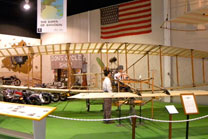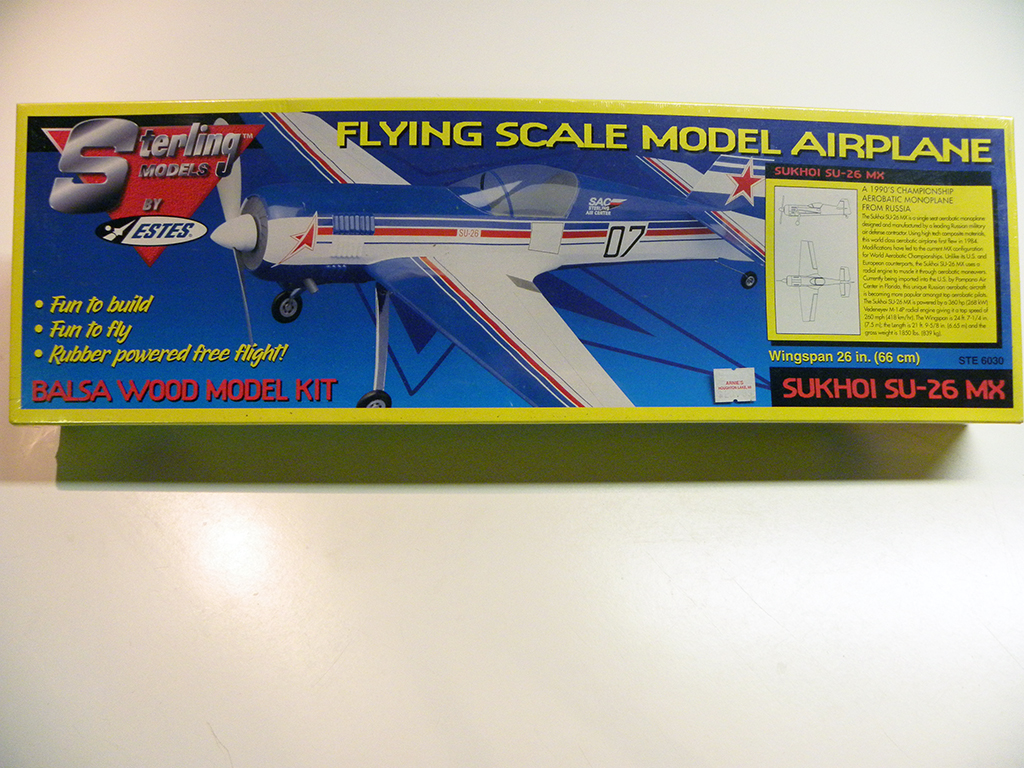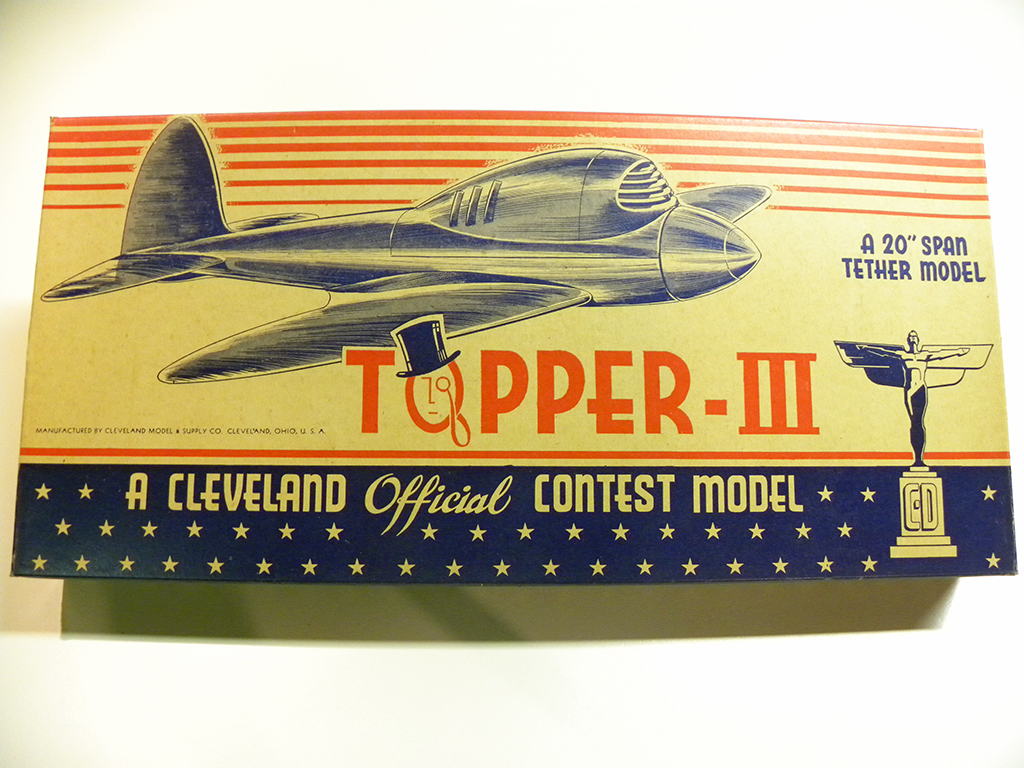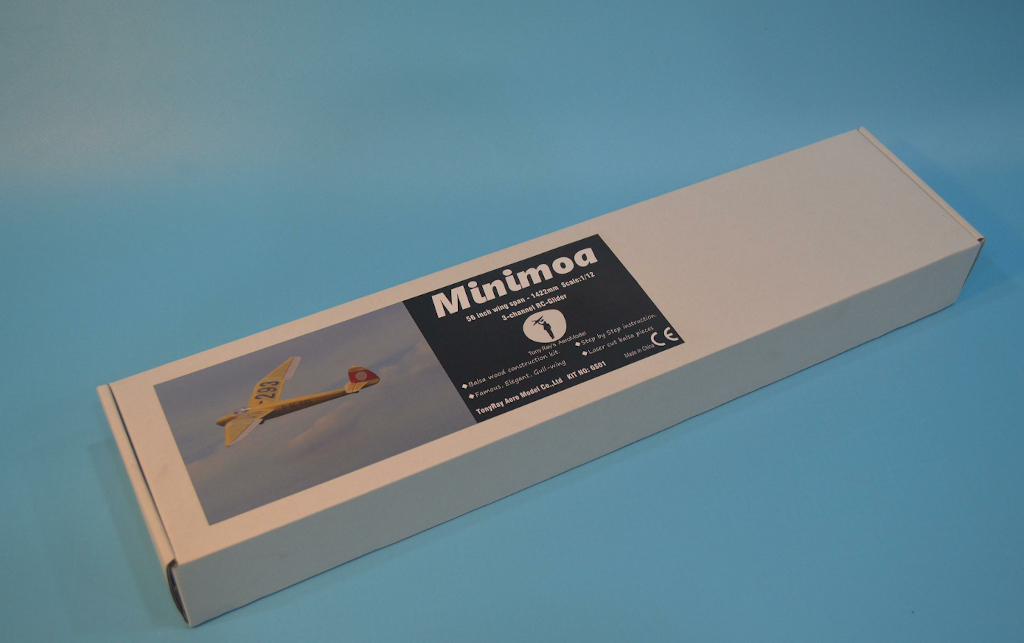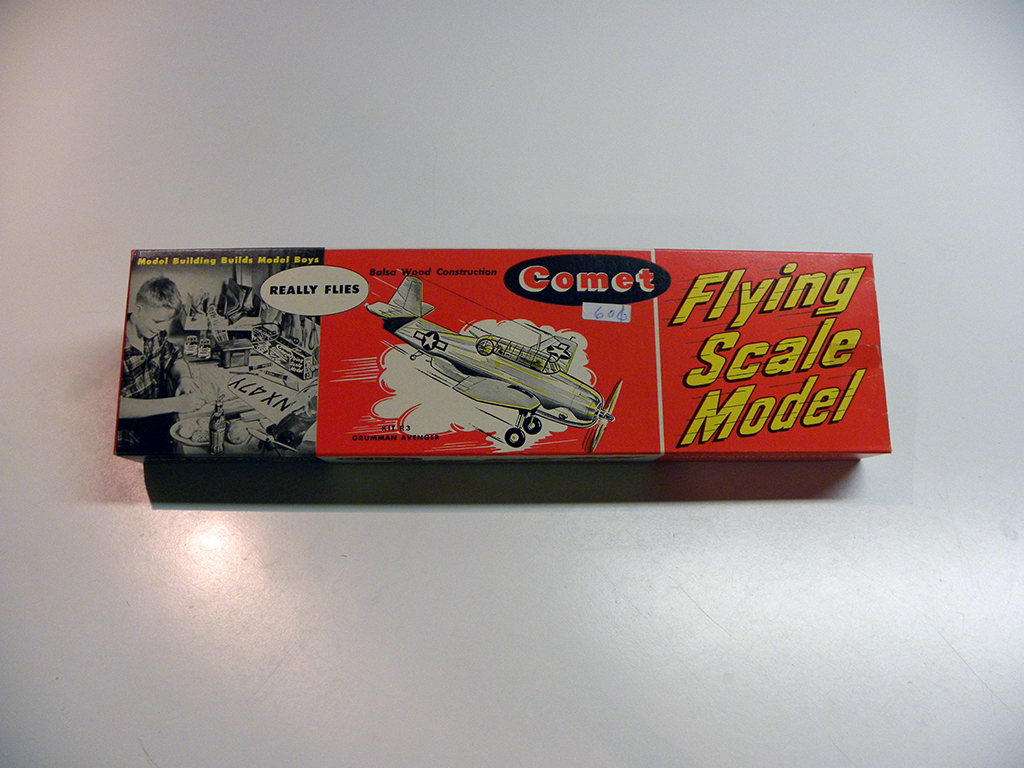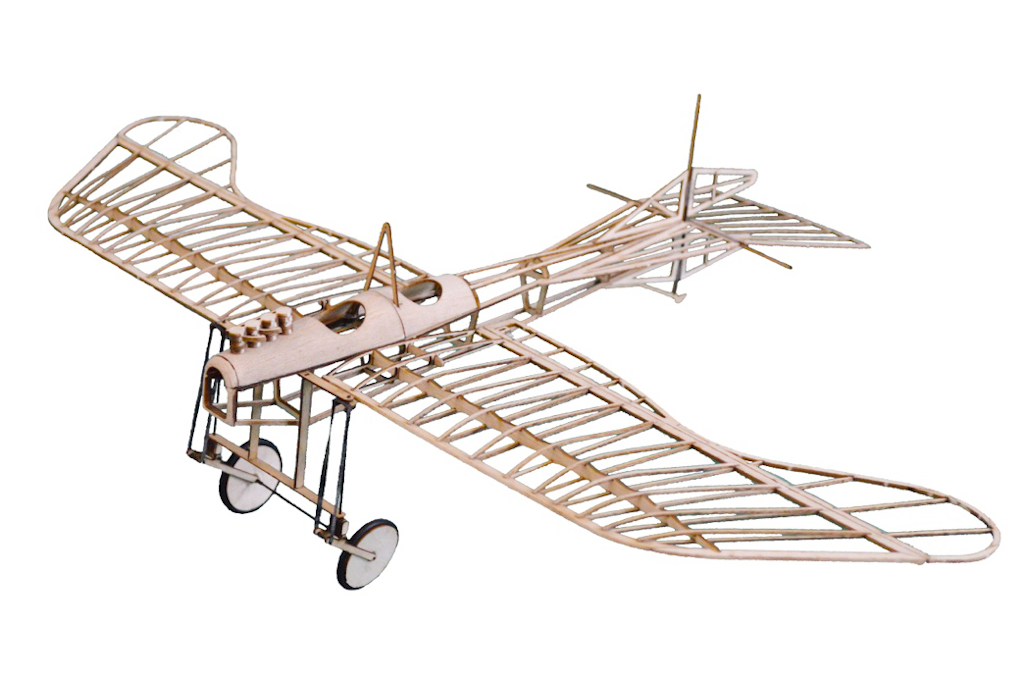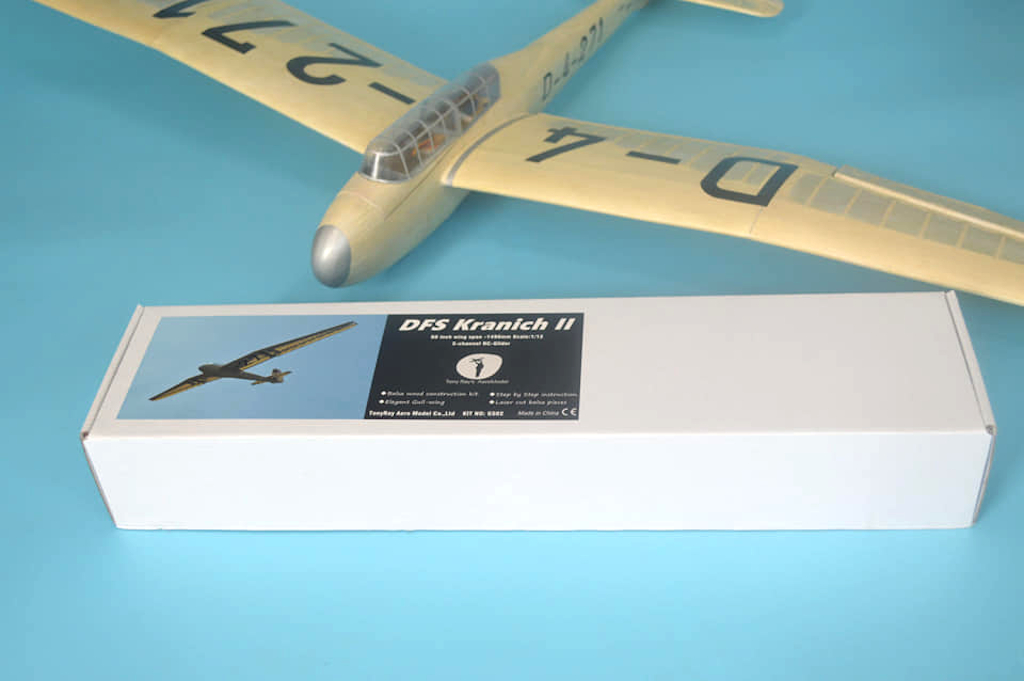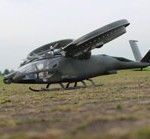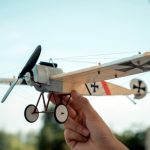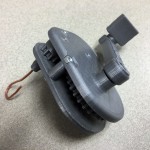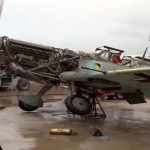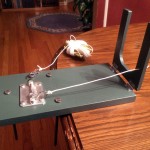This FlyBoyz post is a bit different in that I am reprinting here an Op-Ed column that recently ran in the NY Times. Given my occasional interactions with the Glenn H. Curtiss Museum, I found this article to be of interest from an historical perspective as well as relevant to current technology events such as the recent patent battles between Apple Computer and Samsung.
The Opinion Pages| OP-ED COLUMNIST:
‘Greed and the Wright Brothers’, APRIL 18, 2014
Lawrence Goldstone’s new book, “Birdmen,” is about the origins of the airplane, from the early experiments with gliders in the 1890s, to the famous first powered flight by the Wright brothers in December 1903, to the wild next decade — a decade of daring by the early pilots eager to show off both their airplanes and their skill. A good part of the story Goldstone tells is about the rise of airshow exhibitions that swept America — exhibitions in which flamboyant pilots performed death-defying stunts before tens of thousands of spectators. Although, as the author points out, many of those pilots did not, in the end, defy death. On the contrary, death is a constant theme of the early years of flight.
“Birdmen” has a second narrative as well. It tells the story of three entrepreneurs: Wilbur and Orville Wright, on the one hand, and Glenn Curtiss, who quickly became their fiercest business rival, on the other. The Wright brothers had every advantage. Not only were they first, but their renown allowed them to form a well-capitalized company, with a distinguished board or directors, that aimed to take full advantage of their early patents, while selling airplanes to people we would now call early adopters. Yet as an innovator — indeed, as a businessman — Curtiss ran rings around the Wrights. Well before Orville Wright exited the business in 1915 — his brother had died of typhoid fever three years earlier — Curtiss was producing clearly superior airplanes.
The Wright brothers’ critical insight was the importance of “lateral stability” — that is, wingtip-to-wingtip stability — to flight. And their great innovation was something they called “Wing Warping,” in which they used a series of pulleys that caused the wingtips on one side of the airplane to go up when the wingtips on the other side were pulled down. That allowed the Wrights’ airplane to make banked turns and to correct itself when it flew into a gust of wind.
But when the Wrights applied for a patent, they didn’t seek one that just covered wing warping; their patent covered any means to achieve lateral stability. There is no question what the Wrights sought: nothing less than a monopoly on the airplane business — every airplane ever manufactured, they believed, owed them a royalty. As Wilbur Wright, who was both the more domineering and the more inventive of the two brothers, put it in a letter: “It is our view that morally the world owes its almost universal system of lateral control entirely to us. It is also our opinion that legally it owes it to us.”
What was Curtiss doing in the meantime? In addition to coming up with the idea of adding wheels for easier takeoffs and landings, he invented an entirely different system for dealing with lateral stability, a system of flaps that went up and down and controlled the wings. (Airplane manufacturers today still use that basic insight.) The Wrights responded by filing a lawsuit, claiming that Curtiss was violating their patents. The litigation would consume them literally until the day Wilbur Wright died.
Indeed, so caught up in the litigation did Wilbur Wright become that he simply stopped innovating. The board of his company made it clear that it wanted him to get back to the business of making better airplanes. But he just couldn’t. Meanwhile, the Wright Company had trouble holding onto professional managers because the Wrights — Wilbur especially — treated them so poorly. They woefully underpaid the pilots who flew for them in exhibitions, hoarding most of the money for themselves. Quite simply, the Wright brothers were greedy. And it ultimately hurt both them and America’s new airplane industry.
As it turns out, the Wright brothers won their lawsuit against Curtiss. But instead of accepting that judgment, Curtiss kept innovating, forcing Orville Wright back into court to stop him. What finally ended the patent wars was World War I; the government insisted that airplane manufacturers cross-license their patents so that the industry could move forward without the impediment of litigation. Yet, Goldstone adds, “the battle between the Wrights and Curtiss had taken a toll”: no American airplane was viewed as good enough to go into combat.
“By attempting to neuter Curtiss,” Goldstone writes, “the Wrights stifled the development of American aviation.”
He adds: “That is, of course, the irony of the patent system. Without patent protection, a competitor can simply replicate an invention and undercut the inventor’s price — which necessarily includes all the time and expense of research and development — so the incentive to experiment and create is severely inhibited. But if innovators such as Glenn Curtiss cannot build on the progress of others without paying exorbitantly for the privilege, the incentive to continue to experiment and create is similarly inhibited.”
Thus, in the story of the Wright brothers and Glenn Curtiss, is a lesson for our age as well.


